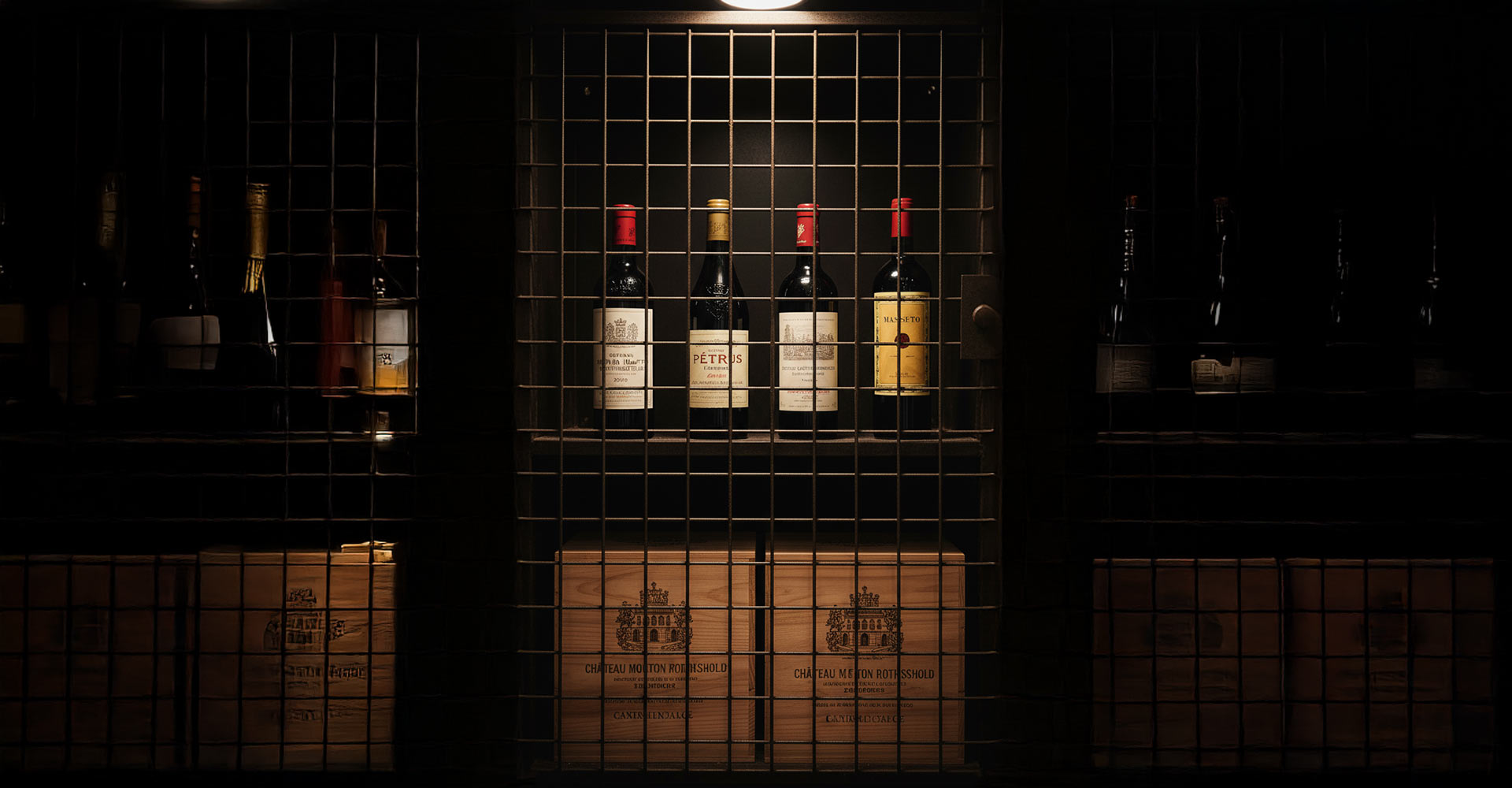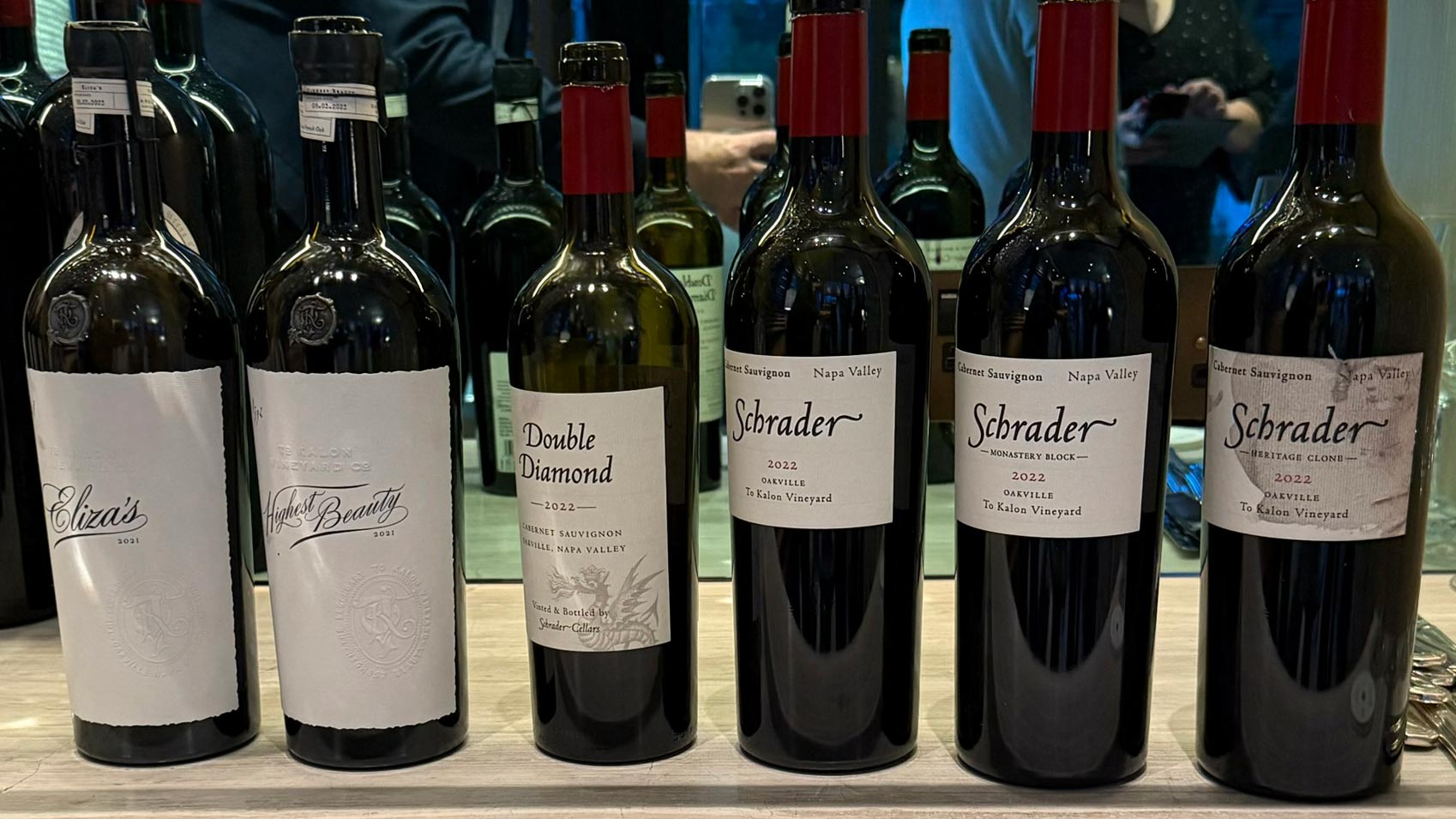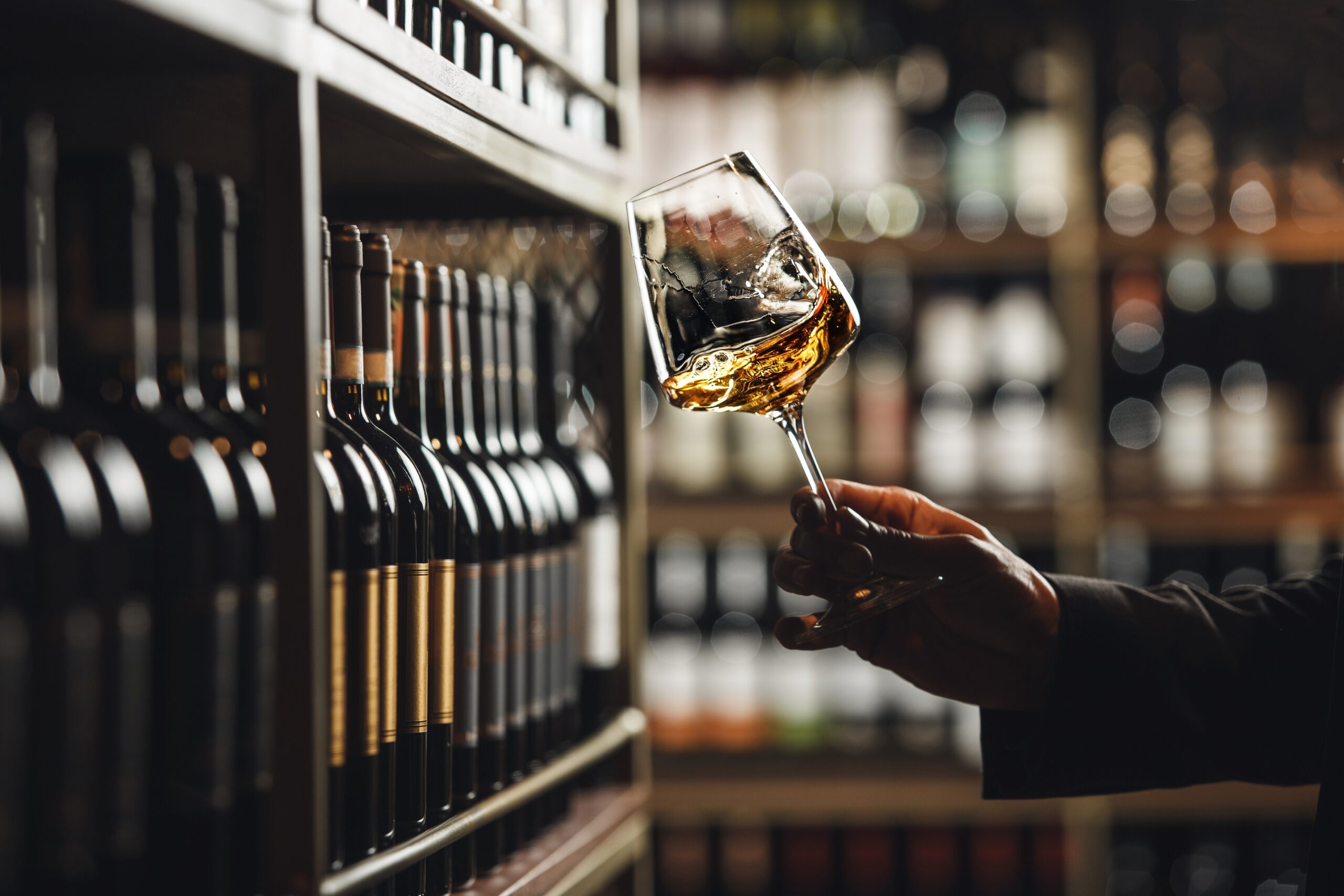If you thought fine wine theft was limited to the odd dodgy bottle slipping into someone’s handbag, think again. London’s wine scene has become the stage for some of the most audacious thefts you’ll ever hear of—stories that make Ocean’s Eleven look like a supermarket sweep. Except instead of slot machines and diamonds, we’re talking about Latour, Pétrus, and Cristal being whisked away in wheelie bins and tuk-tuks. Yes, really.
Fine wine is no longer just a drink—it’s an asset. Forget gold bars and Bitcoin, the smart (or criminally inclined) money has realised that wine is valuable, portable, and has a thriving secondary market. In fact, the Liv-ex 100 index, which tracks top fine wines, has shot up 343% since 2002. That kind of performance makes thieves’ eyes sparkle brighter than a freshly uncorked bottle of Dom Pérignon. And where better to find all this liquid treasure than London—a city with over 500 restaurants pouring the world’s most prestigious bottles? Unfortunately, this makes London a buffet for burglars with a taste for Bordeaux.
Smash, Grab, and… Tuk-Tuk?
Let’s start with one of my favourites: the Piazza Italiana tuk-tuk job of 2025. Picture it: a 61-year-old man with a crowbar, a wheelie bin, and a hired pedicab. In true East End caper fashion, he loaded £24,680 worth of fine Italian wine—73 bottles—into his bin, hooked it to the back of his tuk-tuk, and pedalled off into the night. That’s not just theft; that’s theatre.
The detail that makes sommeliers wince? He wasn’t random. CCTV showed him ignoring cheaper bottles and going straight for the good stuff, guided by what looked like a shopping list. In other words, “steal-to-order”—like Deliveroo, but with a criminal logistics chain. And yes, he came back. Twice. If you’re burgled once, you need to fix your locks. If you’re burgled three times by the same bloke with a pedicab, it’s time to ask whether your cellar is a sitting duck.
The Hole in the Wall That Cost £1.5 Million
From comic to cinematic, let’s jump to Berry Bros. & Rudd, 2015. This is no backstreet restaurant—this is a high-security warehouse that supplies the Royal Household. Yet thieves still managed to cut a perfect four-foot square in the wall, just below a laser beam, reposition a hidden security camera (that even staff didn’t know about), and waltz off with around £1.5 million worth of Bordeaux.
Château Latour, Mouton-Rothschild—the works. Some reports even claim they toasted their success with a bottle of Moët inside the warehouse. Imagine being that cocky: you’re halfway through a heist and stop for bubbles.
This wasn’t opportunism. This was insider knowledge and surgical precision. The “hole-in-the-wall” method has shown up in Paris and Nottingham too. Apparently, once you’ve mastered the technique, you can take your criminal franchise international.
Champagne Problems: Fraud by Phone
Not all wine theft requires breaking a sweat. Pied à Terre, 2014 fell victim to the most low-tech con of all: the dodgy phone order. Late-night call, desperate “clients” (allegedly very rich Arabs, naturally), multiple stolen credit cards, and a taxi pick-up. By the time the restaurant realised £11,500 of Cristal and Pétrus wasn’t actually paid for, the bottles were halfway across London.
This scam is the equivalent of your nan getting phished by an email promising a Nigerian fortune, except instead of losing £200, you’re down several magnums of prestige Champagne. The lesson? Your payment system is just as important as your locks. If you’re taking high-value orders at 11pm, make sure your staff know when to say, “Sorry mate, no card, no Cristal.”
The Warehouse That Needed a Forklift
Finally, there’s Bethnal Green, 2011. A warehouse hit so big it required forklifts, two vans, and a lorry to move the loot. We’re talking 400 cases of vintage wine, worth up to £1 million. It was basically a supermarket sweep with better taste.
Disabling alarms and CCTV was step one; step two was loading pallets as if they were moving house. This wasn’t just a theft, it was a logistics operation worthy of Amazon Prime. Only instead of next-day delivery, the stolen wine was quickly funnelled into the secondary market—auction houses, private collectors, and anyone willing to look the other way on provenance.
Beyond the Bottles: The Hidden Costs
Here’s the thing: the loss isn’t just financial. Yes, insurance might cough up for the missing Pétrus, but try explaining to your sommeliers that their carefully built collection is now gone forever. For owners, it’s not just business—it’s personal. One restaurateur described his venue as a “second home” and said the burglary left him with sleepless nights.
There’s also the disruption: police forensics, smashed doors, new locks, higher premiums. And the sheer humiliation of being outsmarted by someone with a tuk-tuk. You don’t recover from that overnight.
Where Does the Wine Go?
You might think thieves would guzzle their loot, but no. This isn’t for a boozy night in with friends. Most stolen fine wine is “fenced”—sold to private collectors or shadowy middlemen.
-
Everyday prestige wines (Champagne by the case, generic Bordeaux) are easy to shift without paperwork.
-
Trophy bottles (like the legendary 1806 Château d’Yquem stolen from Atrio in Spain) are too famous to sell openly. They almost always vanish into private collections, stolen to order.
Think of it like art theft. That stolen Van Gogh isn’t hanging in your local gallery—it’s hidden in some oligarch’s basement. Same with Pétrus 1990.
Lock It Down: Defending Your Cellar (or your wine fridge!)
So, what can restaurants, bars, and merchants do? Here’s the WineGuide101 crash course:
-
Doors & walls: Reinforce them. If your cellar door looks like something from IKEA, so does your security.
-
Keys: Go digital—biometrics, codes, anything but old-school metal.
-
Eyes everywhere: High-resolution CCTV, motion detectors, alarms linked to an actual 24/7 response, not just a loud siren that annoys the neighbours.
-
People & processes: Vet your staff, train them to spot scams, and keep a meticulous, unique-ID inventory.
-
Community: Share intel. If your Cristal goes missing, get that list out fast. The wine trade’s informal email alerts are effective—but a formalised system would be even better.
Conclusion: Guard the Gold in Glass
Fine wine is officially “liquid gold,” and criminals know it. The heists are getting bolder, the tactics smarter, and the stakes higher. For London’s hospitality scene, the message is clear: treat your cellar like a vault, your staff like security guards, and your inventory like your pension.
Because the alternative? Finding your Pétrus in someone else’s wheelie bin.



